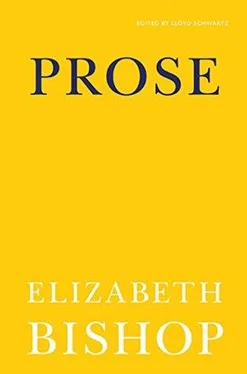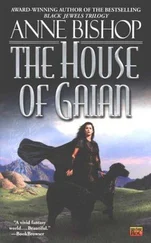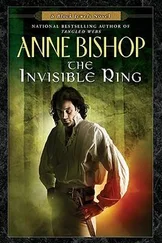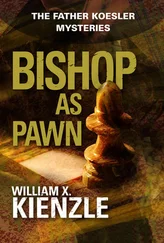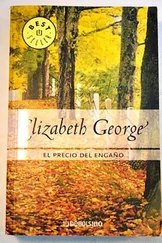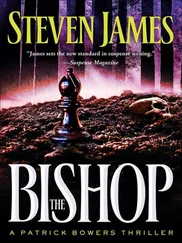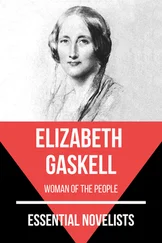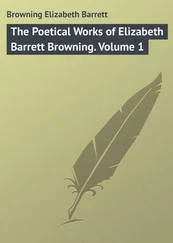There are some people whom we envy not because they are rich or handsome or successful, although they may be any or all of these, but because everything they are and do seems to be all of a piece, so that even if they wanted to they could not be or do otherwise. A particular feature of their characters may stand out as more praiseworthy in itself than others — that is almost beside the point. Ancient heroes often have to do penance for and expiate crimes they have committed all unwittingly, and in the same way it seems that some people receive certain “gifts” merely by remaining unwittingly in an undemocratic state of grace. It is a supposition that leaves painting like Gregorio’s a partial mystery. But surely anything that is impossible for others to achieve by effort, that is dangerous to imitate, and yet, like natural virtue, must be both admired and imitated, always remains mysterious.
Anyway, who could fail to enjoy and admire those secretive palm trees in their pink skies, the Traveller’s Palm, like “the fan-filamented antenna of a certain gigantic moth…” or the picture of the church in Cuba copied from a liquor advertisement and labelled with so literal a translation from the Spanish, “Church of St. Mary’ Rosario 300 Years Constructed in Cuba.”
1939
One day in the summer of 1940 the following notice appears in the Key West Citizen:
JOSÉ CHACÓN DIED TODAY
José Chacón, 84, died three o’clock this afternoon in the Mercedes Hospital. Funeral services will be held 5:30 p.m. tomorrow from the chapel of the Pritchard Funeral Home, Rev. G. Perez of the Latin Methodist Church officiating.
The deceased leaves but one survivor, a nephew, José Chacón.
Directly underneath appears this poem:
FRIEND?
How often have you called
Someone a friend
And thought he would be
Everything it meant?
While you were on top of the world,
With money in your hands,
They flocked around everywhere,
Even at your command.
Now that you are old and gray,
Your friends look the other way
When you meet them on the street;
Never a “Hello” when you meet.
You go home to your little room
And sit silent in the gloom,
Thinking of the once bright day,
But now you are old and all alone.
But one comes to you every day
As on your bed you must lay.
He stops and takes you by the hand,
And the look on his face, you understand.
That smile on his face tells a lot
As he sits by your bed and watches the clock
Ticking the hours softly by.
With a tear in his eye, he says goodbye.
That was a Friend to the End.
I find this brief account of the death of an old man in what is really just the poorhouse, the Casa del Pobre, very touching. And of course the poem is touching too, but it naturally does not occur to me to connect them. Then I remember I am acquainted with a man named José Chacón who must be the nephew, but who certainly could never have written anything like it. He is a fat, talkative Cuban who runs a little open-air café, La Estrella. There are always several men sitting around the place, drinking coffee and playing dominoes, but the real money is made in the back room, where poker games and bolito drawings are held. José lives over the shop with his wife and several children; he is quite rich. Why he has let his uncle die in the Mercedes Hospital, I can’t imagine.
I meet him on the street a few days later. José always speaks as though he were furiously angry, but it is just a rather common mannerism. I ask him what his uncle has died of, and he bursts out, as though the old man had been his bitterest enemy, that he died of drink, drink, drink. He demonstrates: he reels, emptying a bottle down his throat, and clutching at monsters in the air. He tells me a long story of how his uncle once hit a man with a bottle and had been taken to jail. I ask him why his uncle hasn’t lived with him, and he says he couldn’t live with anybody. He was a cigar maker for forty years; then he retired and pursued his real career of drinking. I ask if his uncle was a large or powerful man. “Yes, big and strong!” And again José expresses his opinion that it is drink that killed him.
* * *
It is a very hot day. The sky is thick bright blue, the same color as the painted lower halves of the windows of the Mercedes Hospital, as seen from the inside, where I am waiting for Miss Mamie Harris to appear. Miss Mamie has the local reputation of a saint. She is a nurse who has lived and worked at the Mercedes Hospital ever since it was opened. The parlor is hot and dark, as I examine the photographs of the hospital’s founder.
The Mercedes Hospital was given to the town of Key West thirty years ago by Mr. Perro, the richest of the local cigar-factory owners. (Mr. Perro’s favorite amusement was chess, and the high parapet of his former factory was adorned at intervals with knights cut from gray stones, as well as horse heads resting on little crenellated towers looking to all points of the compass. The inside covers of his cigar boxes had the same knights surrounded by gilt sunrays.) An enlarged photograph of Mr. Perro, yellow and indistinct, hangs in the parlor of the hospital, together with the original of his cigar-box decoration, done in watercolors.
On the walls there are also two or three mottoes, cross-stitched in wool on perforated cardboard; a crucifix; and a large lithograph, extremely yellow, of the life of the patriot Martí, with the major incidents of his life arranged in an oval; at the top, Martí in a toga is ascending into heaven. Besides the wall decorations, there are a few chairs, a Poor Box nailed to the wall for donations, and an old rolltop desk stuffed with forgotten papers. Mr. Perro left the hospital all these things, plus one hundred and thirty dollars a month forever and ever, and the name of his wife, Mercedes.
The hospital was originally his home. Being so rich, Mr. Perro had wanted to build his house in the Spanish style, like those of well-to-do businessmen in Cuba, but not wanting to go to the expense of importing stone, he had it built of wood. For that reason it looks a little strange — a high, square building with long Gothic windows, correctly built around a courtyard, but covered with clapboard and decorated here and there with quite American fretsaw work. The upstairs rooms rest on the thin wooden pillars around the patio, which is a dim, damp, battered square of cement with a drain in the middle. There is a well, but nothing at all picturesque — a square hole in the cement, with a galvanized bucket and a length of wet rope resting beside it. It is said that after Mr. Perro got his Spanish patio, he was uncertain as to what to do with it, so he stabled two horses there for several years.
The rooms, eight on each floor, are high and dark. The walls of horizontal boards were once painted in fearful shades of solid green, blue, or red, with moldings of contrasting fearful shades and gilt, but now they are as worn and faded as the painted walls of ancient tombs. Those of the parlor are different shades of blue, the dining room (at least I suppose it is a dining room, since there is a round table in the middle with four chairs pushed under it) different shades of brick and rose. One of the inmates’ rooms suggests that it has been spinach-green, another ocher. But all these colors, once so rich and bright, are scarcely there at all. They look as if they had been soaked off by a long stay underwater. The whole hospital has the air of having been submerged: the damp cement, the bare floors worn away to the ridges of the grain, and the pillars and the patio so “sucked” by termites that they look like elongated sponges.
Читать дальше
